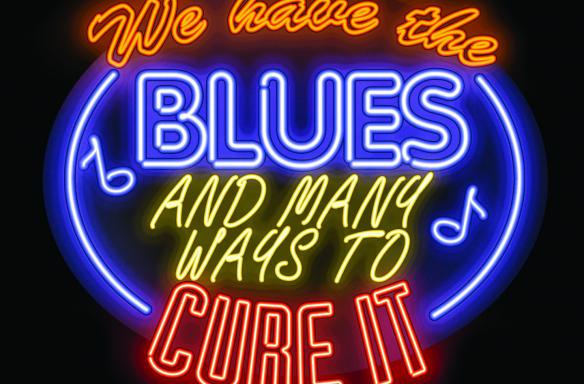Black and Blues

History
The blues began on Southern manors in the nineteenth Century. Its innovators were slaves, ex-slaves and the relatives of slaves—African-American tenant farmers who sang as they drudged in the cotton and vegetable fields. It’s commonly acknowledged that the music developed from African spirituals, African serenades, work melodies, field hollers, provincial fife and drum music, Pentecostal psalms, and nation move music.
Elements
Most blues music is has 12 bars (or measures). A specific series of notes is also utilized in the blues. The individual parts of this scale are known as the blue notes. There are MANY different variations of blues music, which is what makes it so unique. These variations includes:
Traditional country blues: A general term that describes the rural blues of the Mississippi Delta, the Piedmont and other rural locales;
Jump blues: A danceable amalgam of swing and blues and a precursor to R&B. Jump blues was pioneered by Louis Jordan;
Boogie-woogie: A piano-based blues popularized by Meade Lux Lewis, Albert Ammons and Pete Johnson, and derived from barrelhouse and ragtime;
Chicago blues: Delta blues electrified;
Cool blues: A sophisticated piano-based form that owes much to jazz;
West Coast blues: Popularized mainly by Texas musicians who moved to California. West Coast blues is heavily influenced by the swing beat.
Blues Artists
B.B. King


